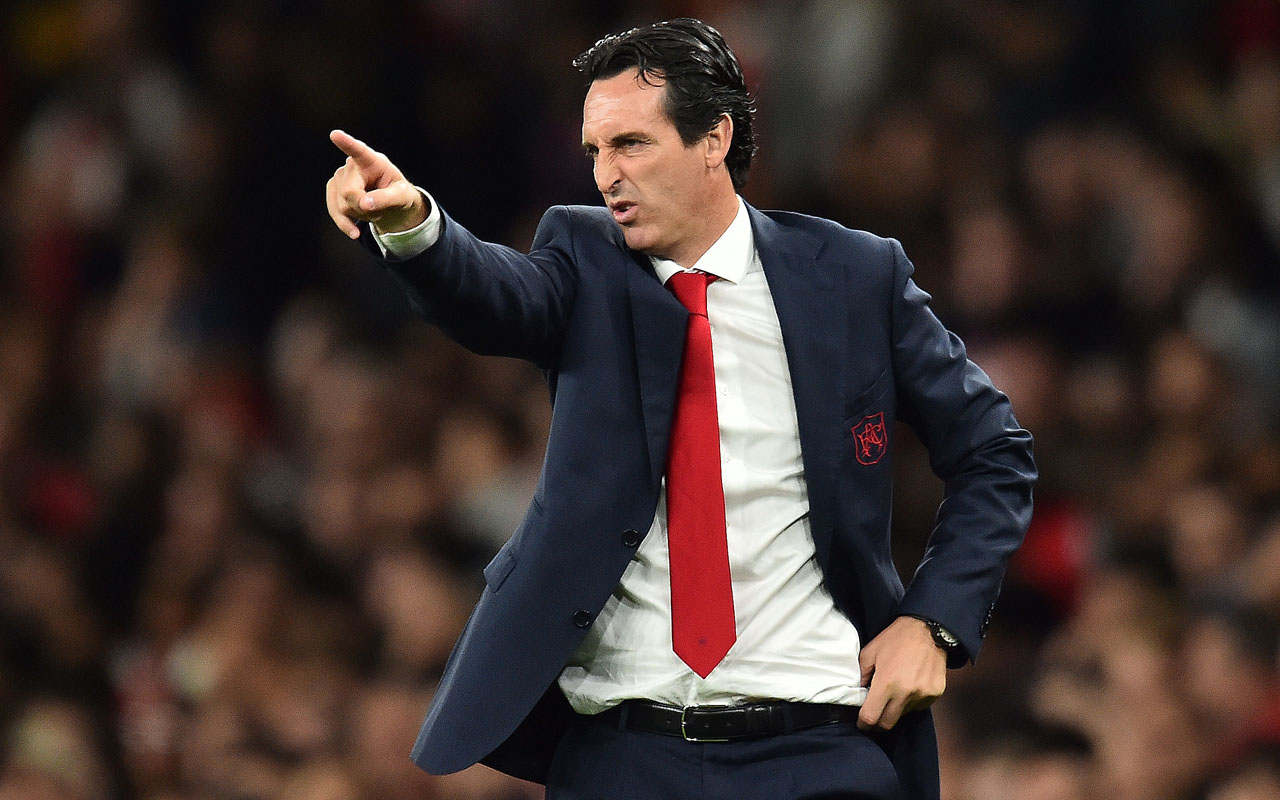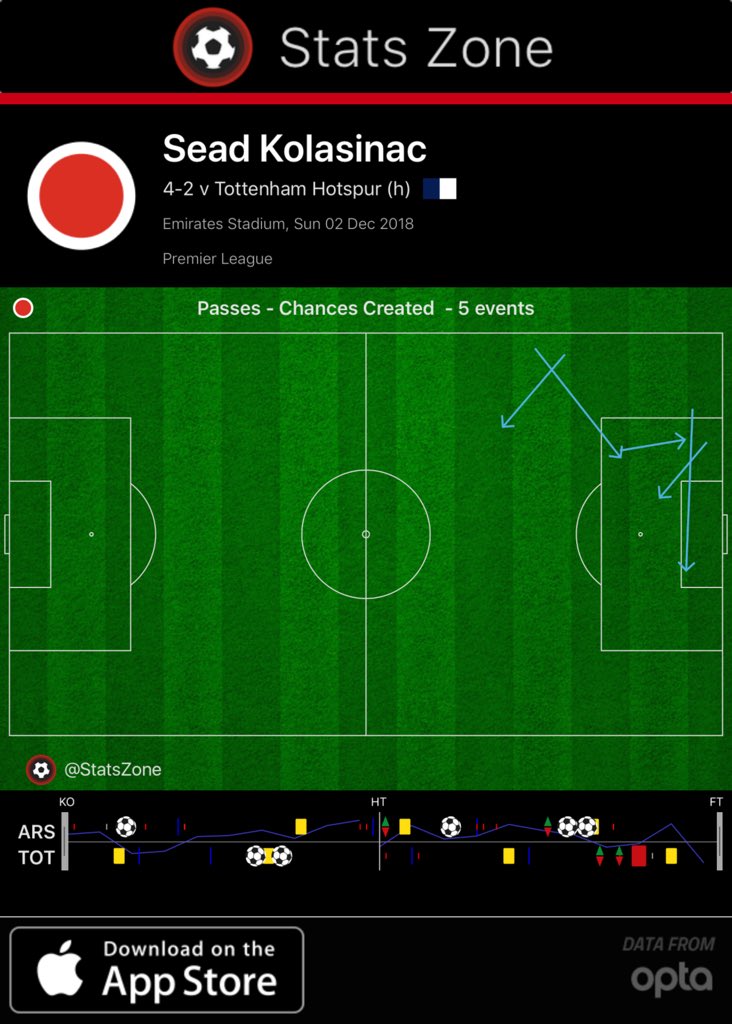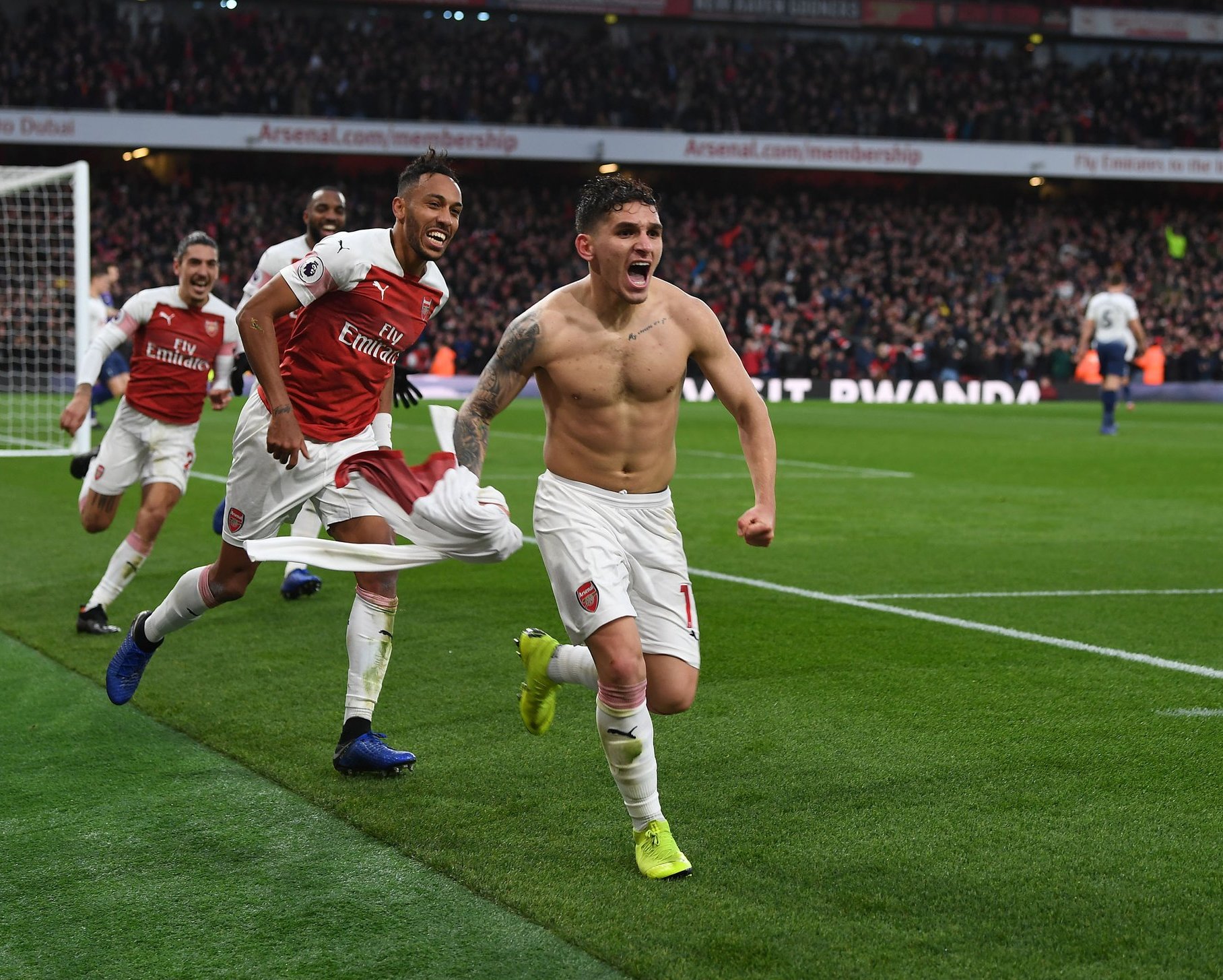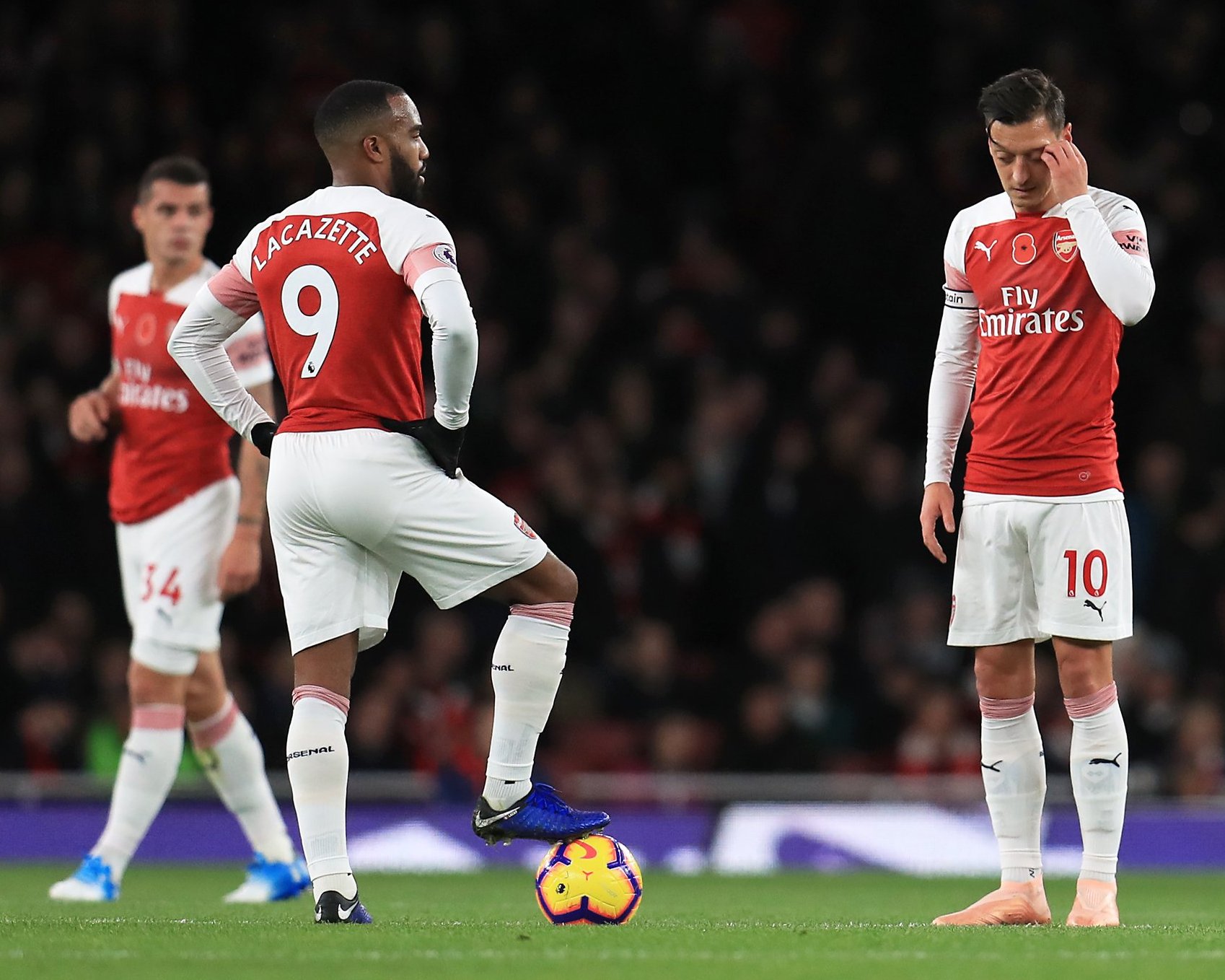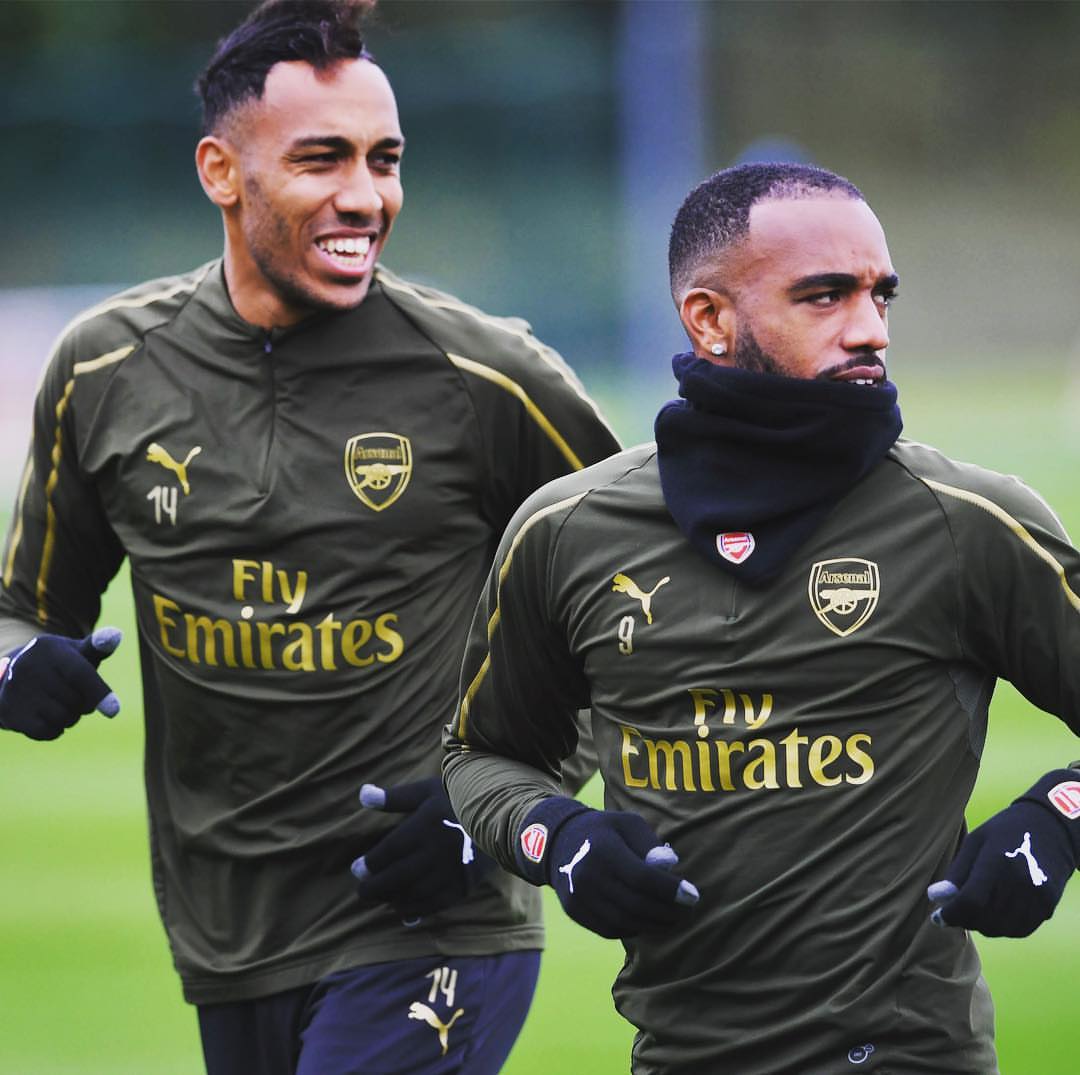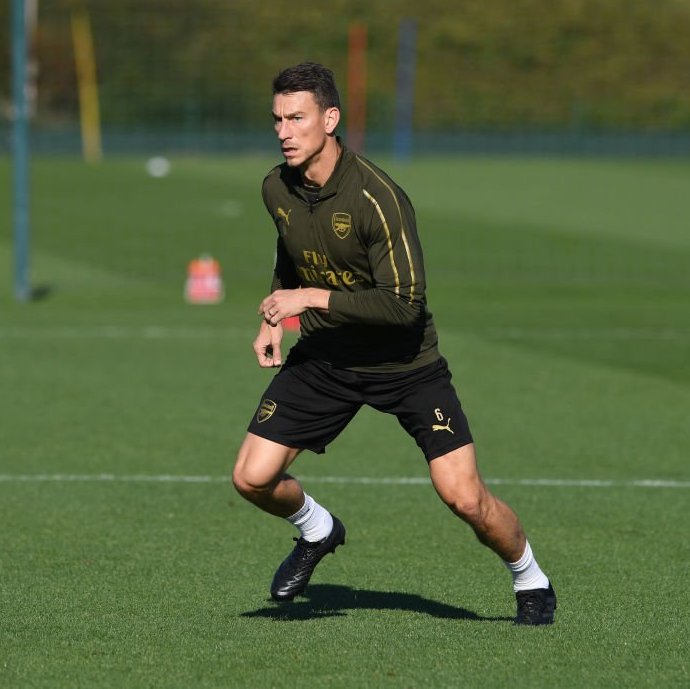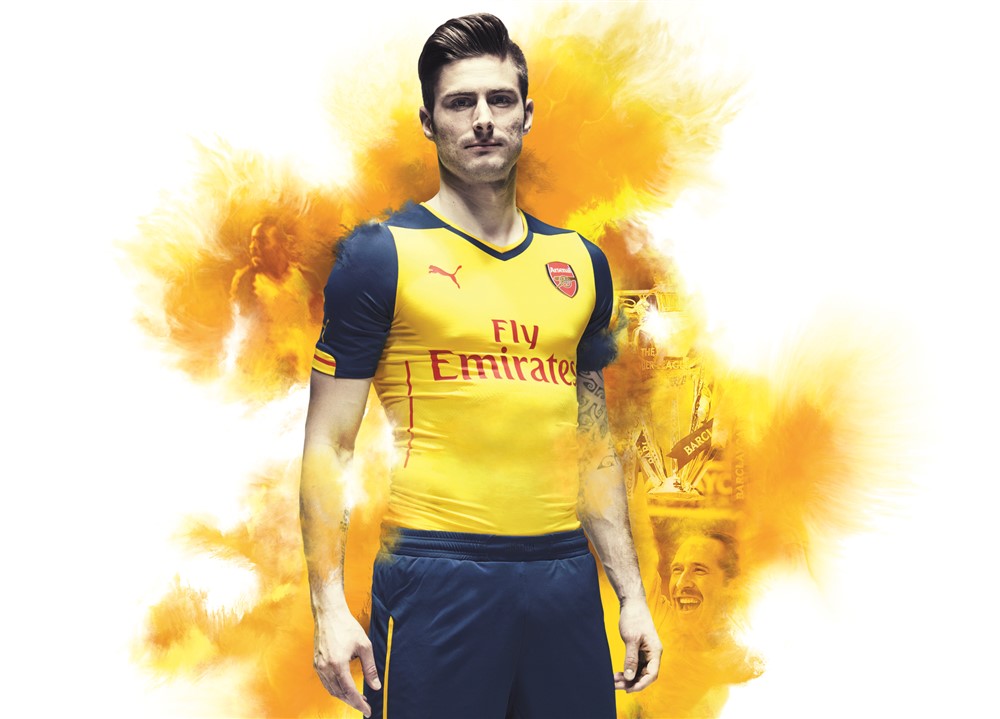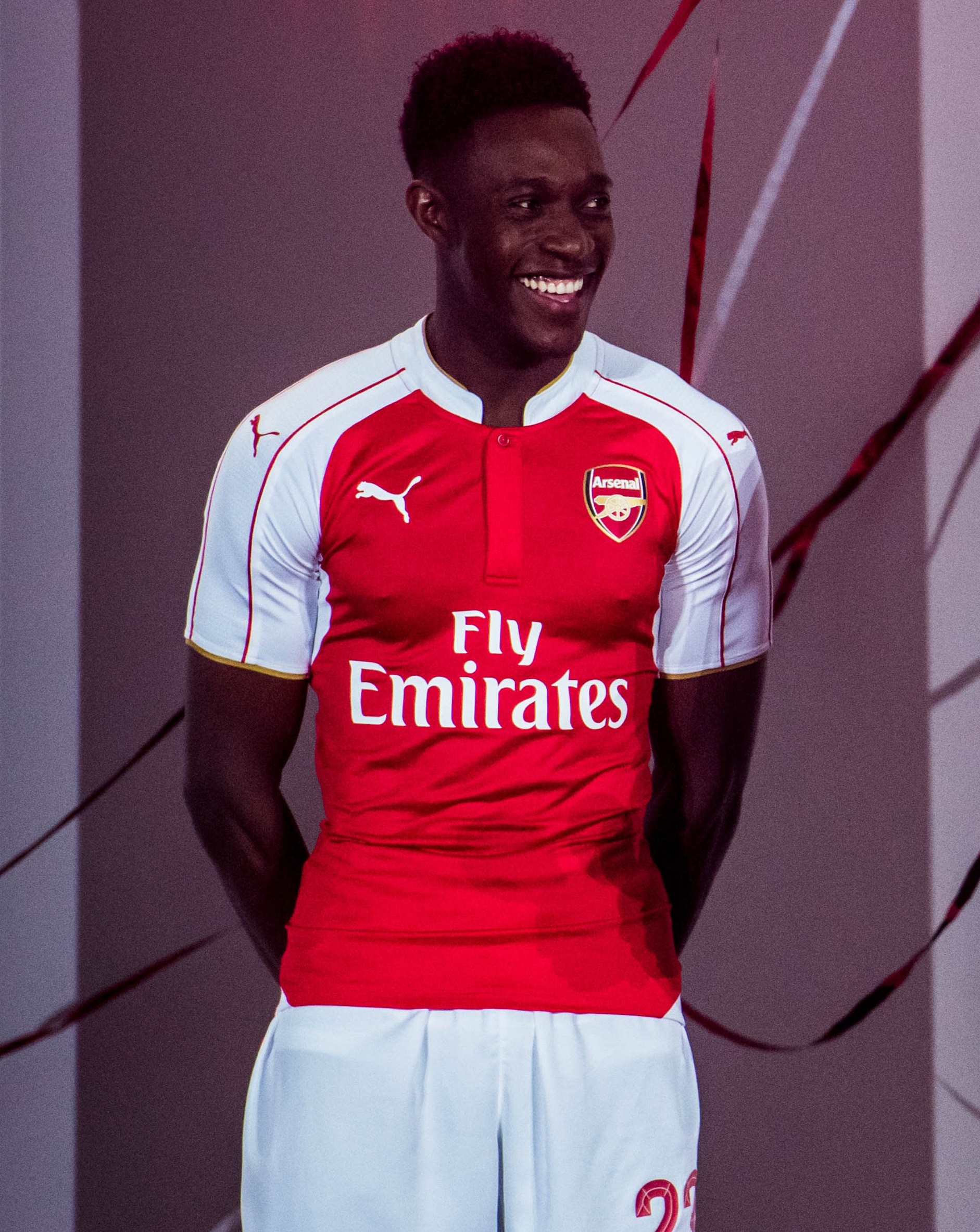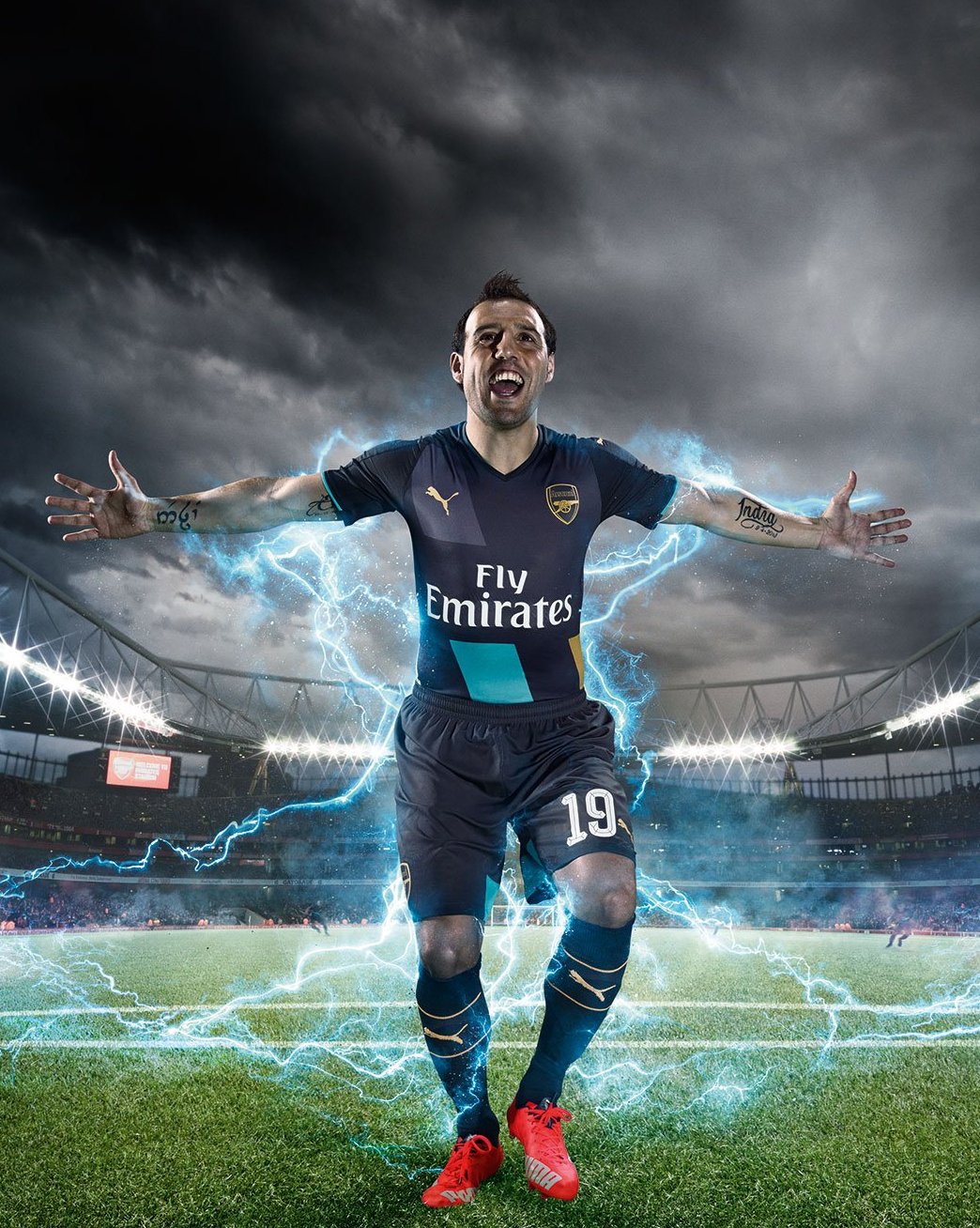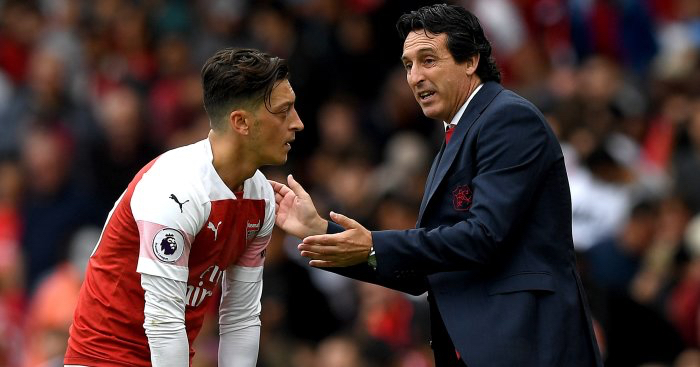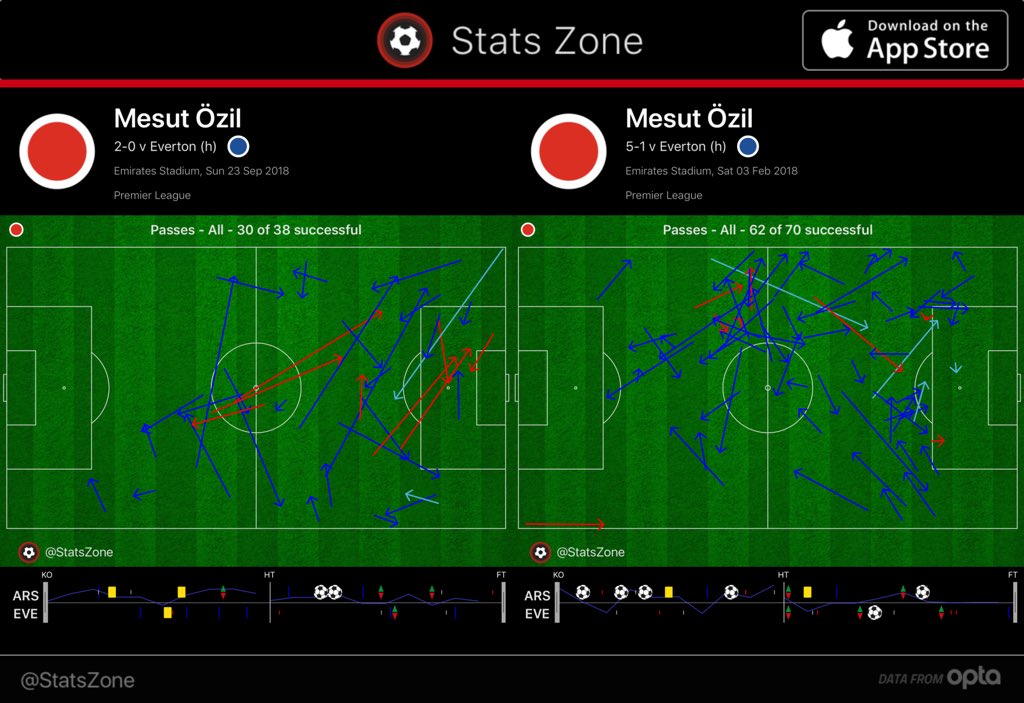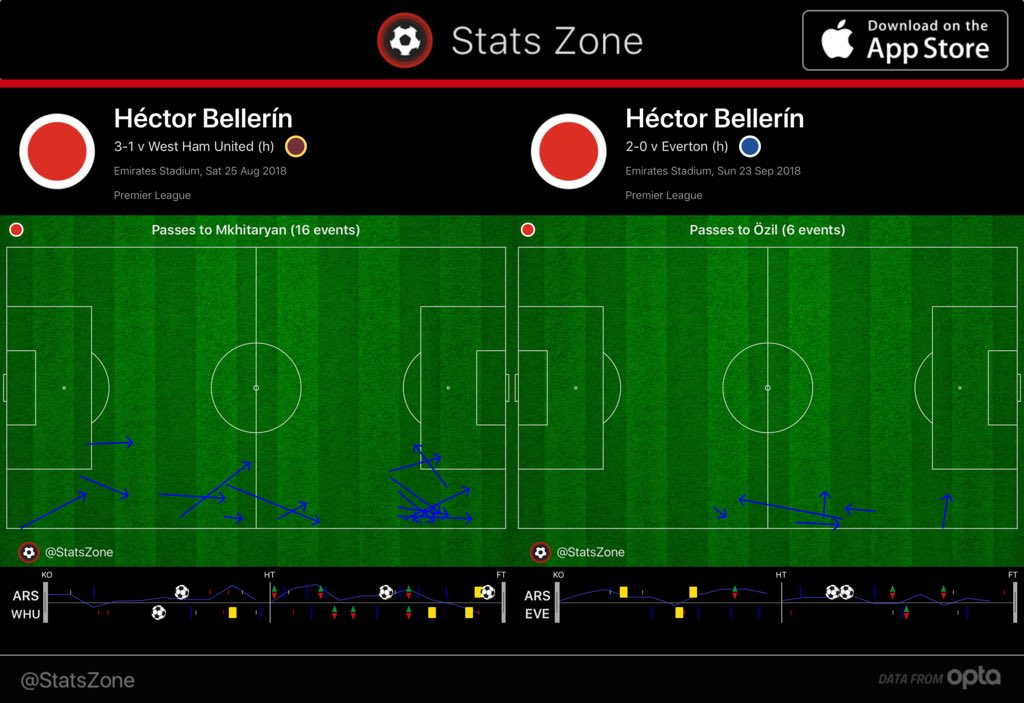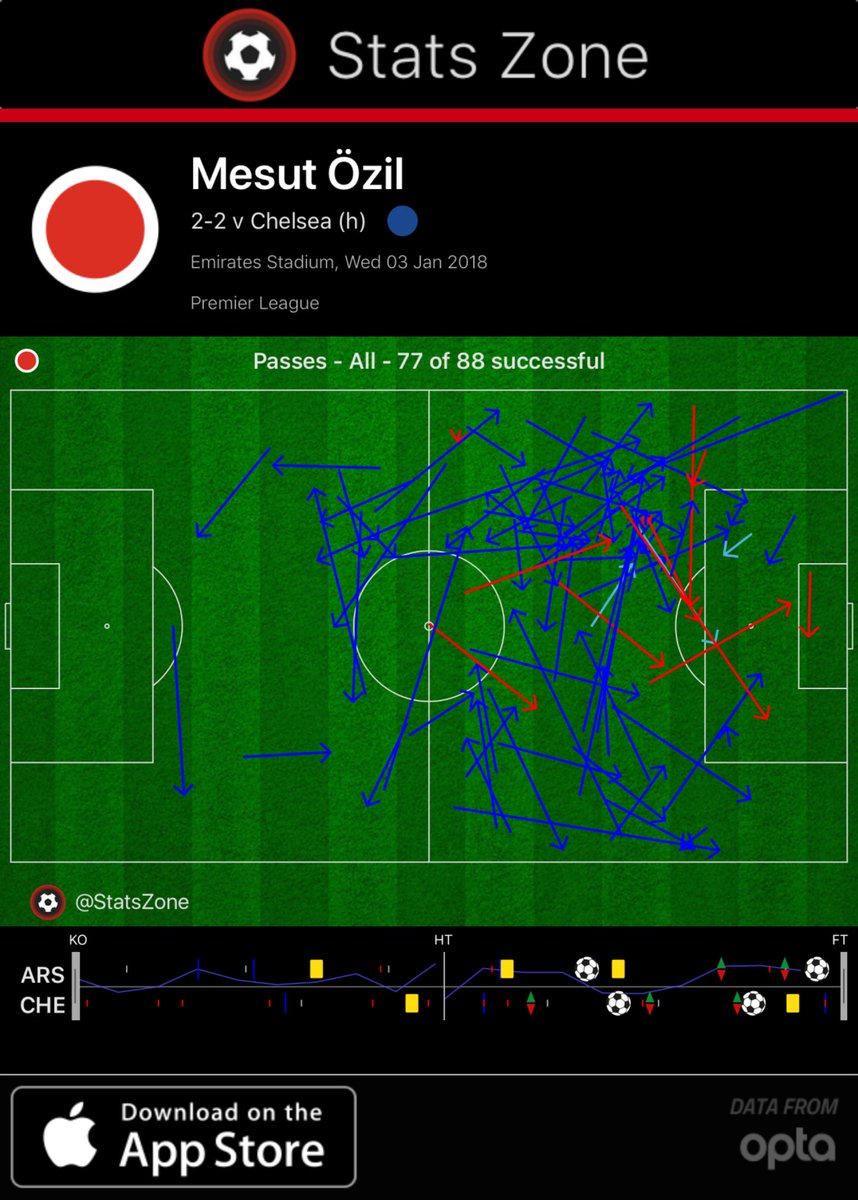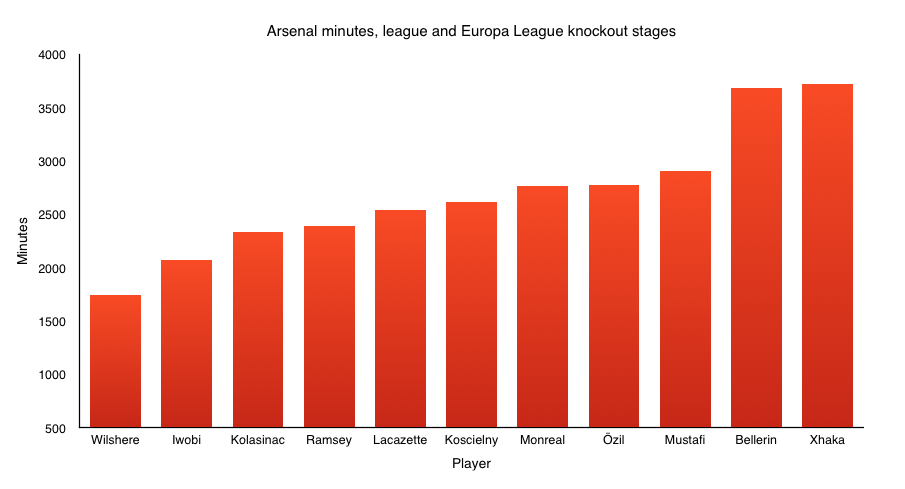It was 1-0 to the Arsenal but the game was far from a classic. Poor refereeing, sluggish play and a defensive crisis dominated a game where Arsenal showed some mettle to get the result right at the end.
Here are 5 things we observed in the match against Huddersfield.
3-5-2
Unai Emery is the new Tinkerman. It was Arsenal’s third game in seven days with a heavy schedule looming over the next four weeks but that didn’t dissuade the coach from playing both his strikers, all his three trusted central midfielders and a three-man backline despite having only two fit centre backs.
The formation did not work out as the flat midfield could not provide enough passing angles and lanes for the team to pass the ball out progressively from the back to front. Very often, players were made to pass sideways and backwards as Huddersfield cleverly pressed Arsenal to limit their play.
It is in these games where a natural number 10 like Ozil would have been perfect to find pockets of space in midfield to break the press and create more passing options for the team to move out of the back.
To his credit, Emery noticed this and switched the personnel and formation to a 4-3-3 shape – spreading out the play to the flanks. The change posed Huddersfield new problems, culminating in a goals for Arsenal in the 83rd minute.
Opposition Tactics
To the neutral eye, there was a lot to admire with Huddersfield’s approach. Their selective but well drilled pressing was effective in suffocating the game. Though they don’t have many household names, I thought their players were had decent technical ability to move the ball forward and generally kept their shape well to defend against the likes of Aubameyang and Lacazette, especially in the first half.
Their rotational fouling of the Arsenal players also stifled the Gunners and impeded any chance of good passing moves progressing from the Arsenal backline. Emery has to start thinking of ways to tackle such a tactic in the future as teams may take a leaf out of Huddersfield’s book to nullify the Gunners.
Though, this wouldn’t be such a problem if the referee controlled the game better. Which brings me to…..
Poor Refereeing Decisions
By the 20 minute mark, Huddersfield were guilty of 9 fouls versus 1 by Arsenal. The referee should have stepped in and cautioned players to deter Huddersfield against such cynical tactics. Instead, he let it go and it became a free for all in the latter stages of the first half. He then started to overcompensate by booking every Tom, Dick and Harry, with the worst of the lot the three yellow cards issued to Arsenal players for simulation.
Xhaka was tripped on the half way line and the cards for Guendouzi and Mustafi were borderline at best. Most referees would have waved play on and demanded the player get up if such an incident occurred.
While VAR can’t come soon enough, technology is not a solution for such levels of ineptitude.
Defensive Crisis
Mustafi, who’s had a decent run in a three man backline, picked up his fifth yellow for diving though his suspension is inconsequential considering the hamstring injury he picked up that should rule him out for the rest of December.
Sokratis, who only recently came back from injury, will be suspended for the Southampton game and will then have to play back to back matches every 3-4 days in December as the only fit senior centre back. Arsenal’s other options are Laurent Koscielny, who needs to be reintegrated very slowly considering his age and the awful Achilles injury he picked up. It was quite telling that Emery chose against putting him on for the last 20 minutes as Mustafi’s replacement.
Monreal and Lichtsteiner look like they can do a temporary job in the centre of defence due to their defensive nous and experience but their best position would still be at full back. Their availability would also be dependent on rotating minutes with incumbent fullbacks, Kolasinac and Bellerin, who would need a rest at some point.
Elneny has played there in the past as part of a three man backline.
More natural solutions would be Mavropanos who looked decent last season in the few games he started but hasn’t convinced Emery this season as he hasn’t played at all this campaign. The youngster also is recovering from injury.
Youngsters from the academy may be needed to fill the gap for the Europa League and Carabao Cup games alongside cult hero, Carl Jenkinson. There are no easy solutions and the Gunners would need to dig deep to come out of December with results.
Terrific Torreira
Easily the signing of the season and one of the most important ones we’ve made in recent years. Not only has he been excellent defensively, he’s shown to have a good instinct for attack. His passing is much more progressive than traditional defensive midfielders (see: Kante and Casemiro), he isn’t afraid to shoot and he seems to have gotten a knack for goal scoring too. A defensive midfielder who can attack? Arsene would be proud of such a signing.
Torreira will be susceptible to burnout and injuries considering his intense playing style and the hectic festive schedule. Emery needs to hold a little more faith in Elneny and Maitland-Niles who could step in to do a job for the team in the cup games and the occasional substitute appearances in the league.
A fit and firing Torreira is key to Arsenal’s chase for a top 4 finish.
Hatta is a Singapore-based Gooner, a purveyor of the latest football boots and kits and founder of BOOTHYPE.com. You can also find him on Twitter at @chatwithhat.
